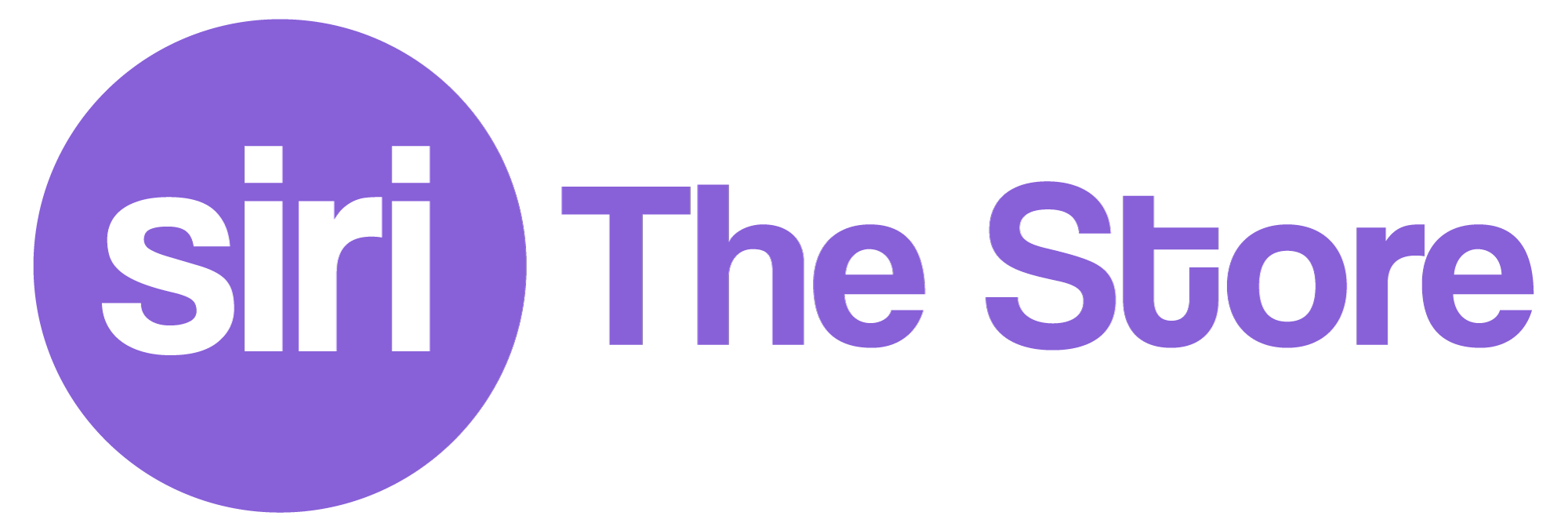The number one mistake you make when writing copy for your website? Stop shouting at everyone!
You’ll need to talk to ONE person – your ideal customer, the most perfect specimen of who your audience truly is.
Beside this incredible important tip, there are a few more things a copywriter does when sitting down to plan their project for a website. We are mainly focussing on two primary things:
- Creating content that is well written for search engines
- Creating content that matches user intent – we consider who our audience is and how this website will speak to them.
Why?
Ever heard the expression “shouting at everybody, shouting at nobody”?
This happens when a piece of content is mistakenly written for everyone, and not the intended audience. Instead of reaching the target audience it falls on deaf ears, lost in a sea of competitive whitewash and busy consumers.
The goal with great website copy is to match search intent so that potential customers find our business and, of course, Google falls in love with the magnetism of our algorithm attracting content.
Here are our top 3 ways to create compelling SEO copywriting for your website.
1: Understand your Target Audience
By getting to know your target audience, their goals and pain points, the better our copywriting will become.
Why? Because we learn to create it FOR our audience and not for ourselves.
Knowing our audience helps us to speak their language which in turn builds authority, authenticity, and trust in our business.
Imagine it like this.
You own a fast-growing sportswear start-up, and you are sitting in a room with your ideal customer. You overhear him talking about how awful his running shoes are.
1: Do you start ranting about your products in a nonsensical way, overwhelming them with lots of information
Or,
2: Do you take a breather and ask them some questions first to understand their actual needs and pain points?
Hopefully you chose the latter option. With option one, you are shouting at nobody.
Maybe he is training for a marathon and needs a pair of shoes that will improve his performance and are purpose-designed for distance. Knowing these pain points is the difference between having a record year in sales and the business closing in its first year.
Once you know your target audience it becomes much easier to create great website content that speaks to their needs.
2: Keyword Research
An SEO copywriter needs to identify the keywords for what they are writing. Keywords, after all, are what people type in when they are looking for something on the internet.
The important thing with keyword research is THE RESEARCH. Don’t guess. The trick is to really get inside the head space of your audience. If they were searching for your product or service, what would they be typing into Google?
All customers start with a basic need and usually end up on the internet looking to fulfill it. Whether you provide a service or sell products online, the best place to begin to tailor content that speaks to your target audience is to research the various stages of the buyer journey. This will help you to understand what phrases your audience are typing into the search engines in pursuit of their answers.
The Buyer Journey
The three primary stages of the buyer journey are:
- Awareness
- Consideration
- Decision
Let’s use the running shoes example again to highlight this point.
Awareness
A consumer has realised that he has been exercising for months wearing poor quality sneakers. He knows he needs a better pair of running shoes that won’t leave him with sore ankles and shin splints but does not know the first thing about premium active wear.
At this stage of the buyer journey this consumer is more likely to be making general search queries so that he can arm himself with more knowledge before committing to a purchase. For example, he might search “how do I choose the best runners for running long distance”? Or “What are the best running shoes for everyday use”?
If you own a sneaker brand, a great way to match this type of search intent on your website is to write informative blogs, post media releases on the product and create a great FAQs page that solve these pain points for your customer.
The world is your oyster here and you could write blogs on everything from how to soothe aching muscles after a marathon to the best parks in Melbourne to do your morning run.
Consideration
Our consumer has now done his research and knows a lot more about running, taking care of muscle pain, recommended shoes and more. His search queries become more focused and specific and at this stage he is likely to be typing in things like “Are running shoes with extra cushioning better”? or “What are the best running shoes in Australia”?
Your website should include key phrases that also match this search intent. Create product descriptions that speak directly to your audience. This is where positioning yourself as an expert matters the most. Write clear, concise content that is both relatable and informative.
If breathability and flexibility matter, say it!
Decision
Ok, great. Our customer is ready to hand over his credit card! He has researched as many products as possible and knows which one will best solve his problem.
At this stage of the buyer journey his search will be more brand focused and in the case of running shoes is likely to be typing in something like “How much are the new Nike series 2 running shoes”?
If you have gotten your target audience to this stage well done!
A combination of strategic keyword research around search intent, buyer journey analysis and content creation are all essential ingredients for effective website keyword execution.
Luckily there are lots of ways to approach keyword research. Aside from having a strong understanding of your buyer persona, you can also use some great online resources and software to refine your search such as Ubersuggest and Google Ads Keyword Planner.
3: Don’ forget voice search!
How many times have you asked Alexa, Google, or Siri a question this week?
In 2020 more than half of all searches were voice searches. It is fast becoming the number one way that all consumers are asking questions, so we need to consider how we adapt our copywriting to compliment this.
How can we do this?
- Focus on conversational keywords and phrases because we all speak differently VS how we type our search query into a computer.
- Make sure your content is written so that it can fit into a feature snippet. A feature snippet is designed to answer a question quickly for a user and is usually short and brief. The goal here is in providing the best answer, and hence why knowing our audience and carrying out keyword research is so important.
- Think like a mobile phone! Voice search is quick and convenient, which consumers value, and because of this we need to think about how our copywriting will appear on a mobile phone. Shorter headlines, well planned formatting and engaging paragraphs make content easier to digest.
As more people are searching for longer phrases that mirror natural conversations our copywriting should reflect this.
Try implementing more question and answer-based content across your website. Create blogs that solve perceived problems quickly. Refresh or add to your FAQ page regularly so your answers are easily accessible and customer focused.
People first
If there is a tip that we can give you, it is to stay focused on the needs of your buyer personas and create your copywriting around it. They are the audience you should be optimizing your content for.
SEO copywriting is a process, and it requires more than our 3 tips to make it a success, but this is a great place to start. Finding a balance between writing for what Google wants whilst also writing for your target audience can be challenging, but it is not impossible, we do it every day!
https://siritheagency.com/services/copywriting/If you want to learn more about our copywriting services, then check out our page here.






